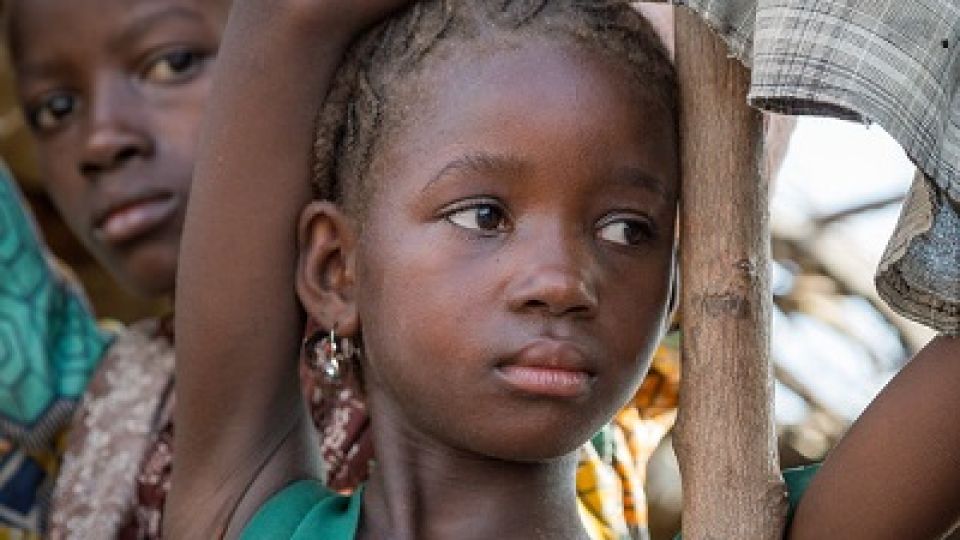by TINTSWALO BALOYI
JOHANNESBURG, (CAJ News) – AMID humanitarian agencies facing funding shortfalls and conflicts around the world deepening, children are more than ever bearing the brunt.
These vulnerable children, and caregivers, living in the world’s worst humanitarian crises are at risk of violence, exploitation and abuse.
The United Nations Children’s Fund (UNICEF) has revealed how at least 120 000 children have been killed or maimed by wars around the world across continents since 2005. That equates to an average of almost 20 a day.
This is part of 315 000 grave violations committed by parties to conflict in more than 30 conflict situations across Africa, Asia, the Middle East and Latin America.
In Europe, the number of children exposed to conflict quadrupled in just one year, from two to nine million children, fuelled by the war in Ukraine.
During the period, no less than 105 000 children have been recruited or used by armed forces or armed groups.
More than 32 500 children have been abducted and over 16 000 children subjected to sexual violence.
The UN has also verified more than 16 000 attacks on schools and hospitals, and more than 22 000 instances of denial of humanitarian access for children.
It is believed this is just a tip of the iceberg, as these are just the cases that have been verified. The true toll is likely to be far higher.
Additionally, millions more children have been displaced from their homes and communities, lost friends or family or been separated from parents or caregivers.
“Any war is ultimately a war on children,” said UNICEF Executive Director Catherine Russell.
“Exposure to conflict has catastrophic, life-changing effects for children. While we know what must be done to protect children from war, the world is not doing enough.”
UNICEF, Save the Children, the Alliance for Child Protection in Humanitarian Action and the Global Child Protection Area of Responsibility, revealed that by 2024, the child protection sector would require US$1,05 billion, increasing to $1,37 billion by 2026, to address the protection needs of children in armed conflict.
This includes critical services like family reunification, mental health support, the prevention of recruitment into armed groups.
However, the study also indicates an impending funding shortfall. If the current pace of humanitarian funding continues, the projected shortfall would stand at $835 million in 2024, growing to US$1 billion by 2026.
This gap could leave conflict-affected children exposed to the immediate and lasting impacts of war, child labor, trafficking, and violence.
Save the Children warned that a shortfall of nearly $650 million in child protection funding is leaving nearly 18 million vulnerable children and caregivers vulnerable.
Save the Children’s annual estimates of children living in armed conflict calculated by the Peace Research Institute Oslo (PRIO) based on conflict data from the Uppsala Data Program (UCDP) show that in 2022 about 468 million children -more than 1 out of 6 – were living in a conflict zone.
This number has almost doubled since the mid-1990s.
“We are witnessing a child protection crisis that will have implications for generations to come,” warned Save the Children International Chief Executive Officer, Inger Ashing.
The children’s rights advocates were speaking as world leaders gathered in Oslo, Norway for the Conference on Protecting Children in Armed Conflict, on June 5-6.
“We hope the Oslo Conference will be a game changer for the protection of children in armed conflict,” Ashing hoped.
“Countries must get back on track. They must ramp up their efforts to prevent grave violations against children, help boys and girls that have survived war, and commit to lasting, sustainable peace.”
– CAJ News

